Italy’s flag, “Il Tricolore,” represents a fusion of Italy’s rich past and dynamic present. It vividly portrays Italy’s enduring values, cultural vibrancy, and the shared ethos of its people. With its straightforward yet significant design, Italy’s flag symbolizes the nation’s resilience and continuous journey toward innovation and cohesion.
Flag of Italy
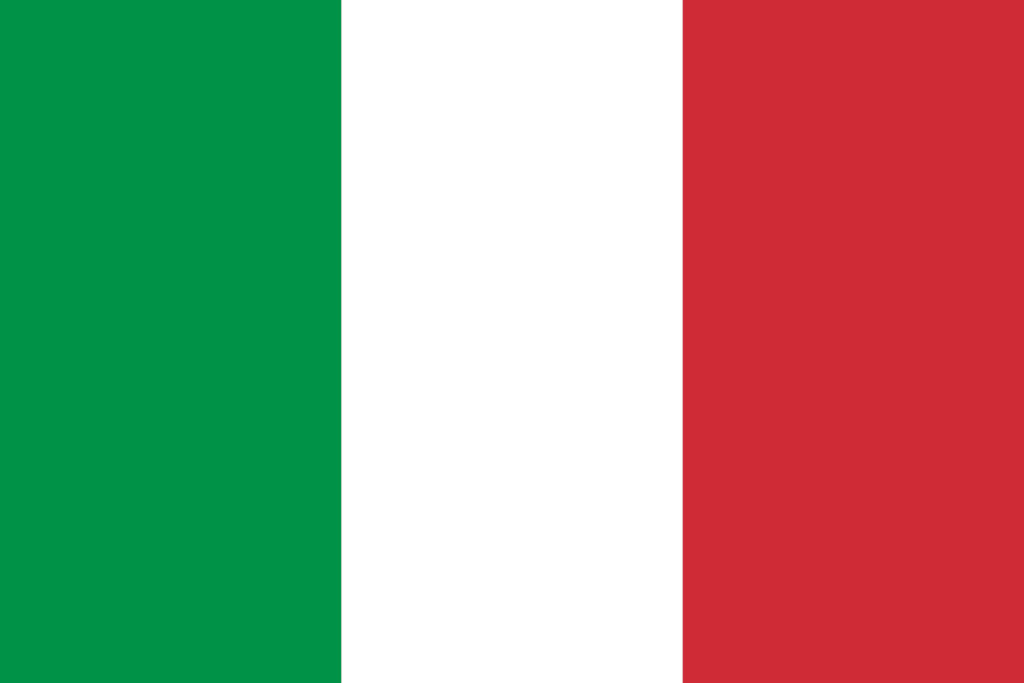
The flag of Italy features three vertical green, white, and red bands. This distinct tricolor design embodies the nation’s entirety, reflecting its unity, traditions, and progressive mindset. As a recognized emblem, it represents the collective spirit and legacy of the Italian people.
Flag of Italy: Color Palette
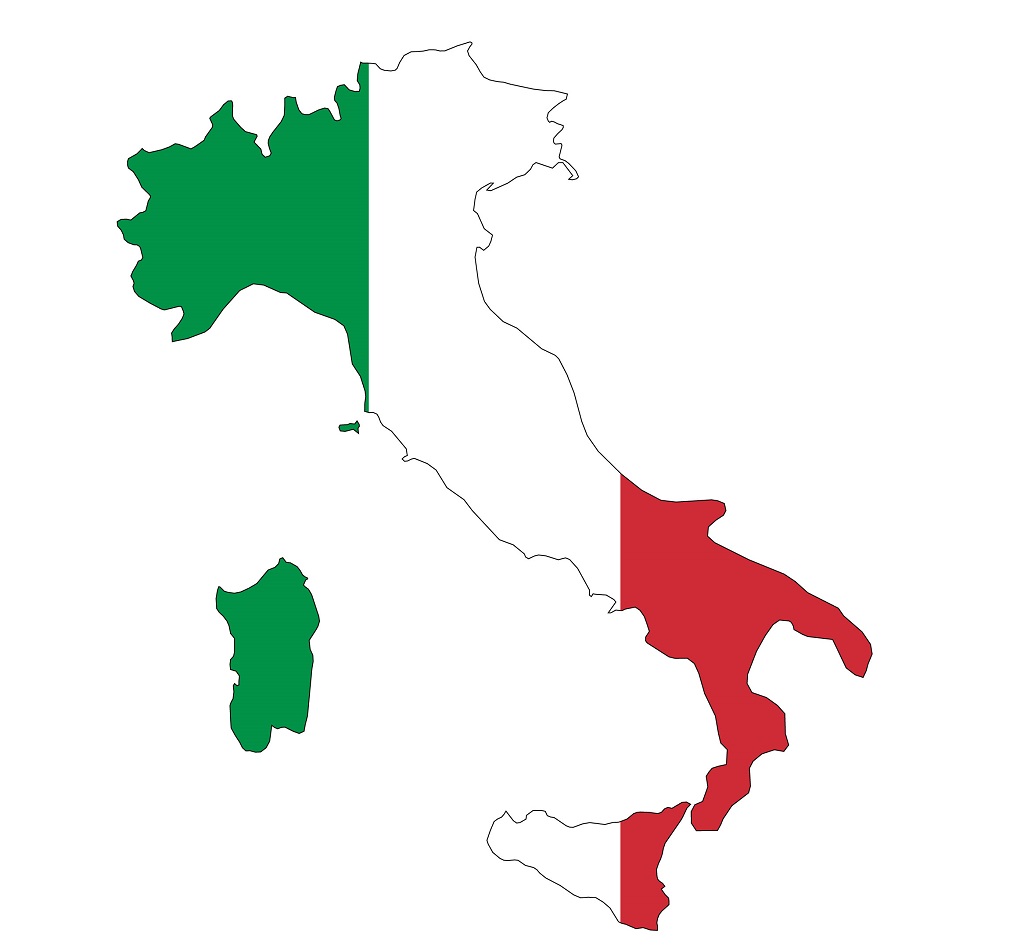
Italy Flag Emoji: 🇮🇹
The color palette of Italy’s flag, comprising green, white, and red, forms a harmonious and symbolic triad. Each distinct and vibrant hue contributes to the flag’s aesthetic and symbolic depth. This trio of colors, set in vertical bands, visually represents Italy’s unique character and cultural richness.
Meaning of Each Color
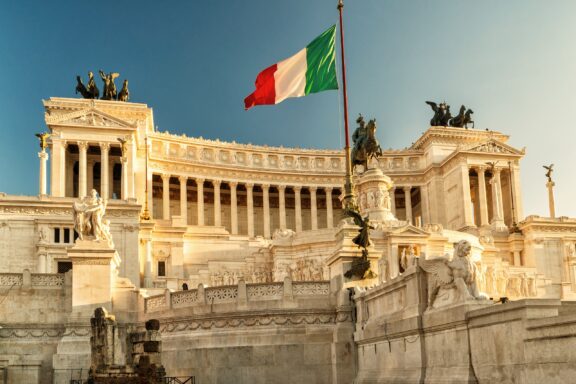
Green
The green in Italy’s flag symbolizes hope and the country’s lush landscapes. This color represents the plains and hills characteristic of the Italian countryside.
Historically, green was derived from the color of a military uniform from a region in northern Italy. It has since come to be associated with the fertility of the land and the hope for the future.
White
White in the flag stands for faith and unity. It also reflects the snowy peaks of the Alps, a significant geographical feature of Italy.
The inclusion of white symbolizes the spirit of the Italian people, which is especially significant given Italy’s history of unification from several city-states and kingdoms.
Red
The red band represents valor and the bloodshed in the pursuit of freedom. This powerful symbol reminds us of Italy’s struggle for independence and unification.
Red also resonates with the passion and courage of the Italian people, highlighting their resilience and strength in overcoming historical challenges.
Coat of Arms of Italy
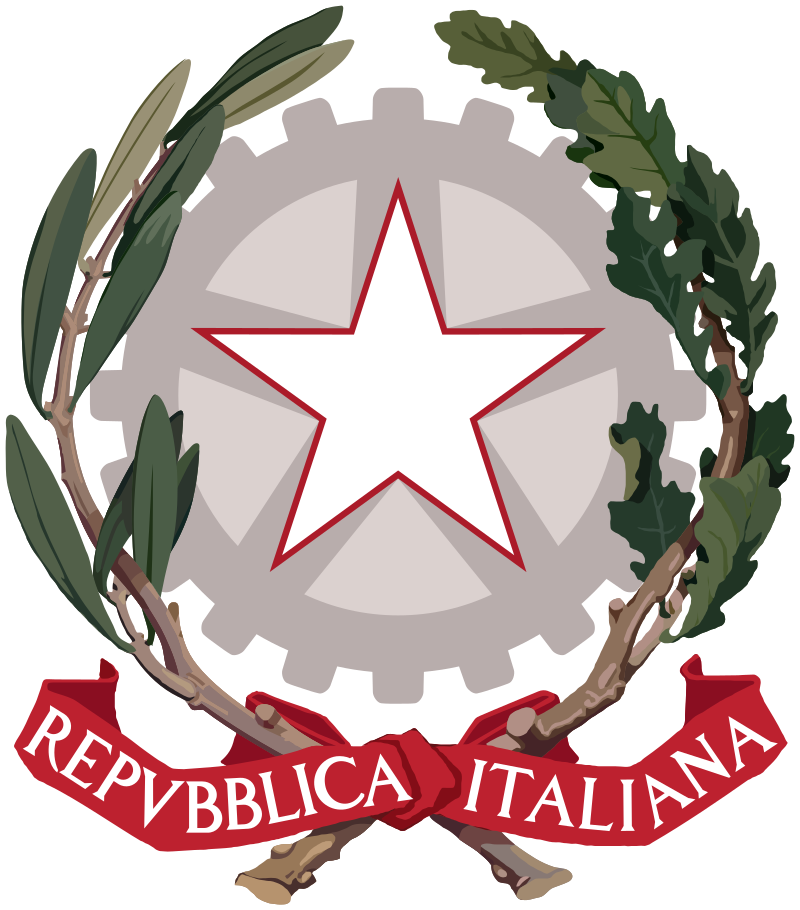
Italy’s Coat of Arms manifests the harmony and resilience of the nation, representing its democratic nature and republican identity. This emblem, distinct from the national flag, encapsulates Italy’s historical journey and collective spirit, reflecting core national values of unity, peace, and industriousness.
The coat of arms also embodies the continuity of the Italian state, connecting its historical roots with its contemporary character. It serves as a reminder of the nation’s legacy, its strength through various historical challenges, and its aspiration for a peaceful and prosperous future.
Historical Evolution and the Meaning Behind Changes
The flag of Italy has undergone an evolutionary journey that mirrors the nation’s tumultuous history. Its colors and design have been shaped by political, social, and cultural changes, reflecting the evolving identity of Italy.
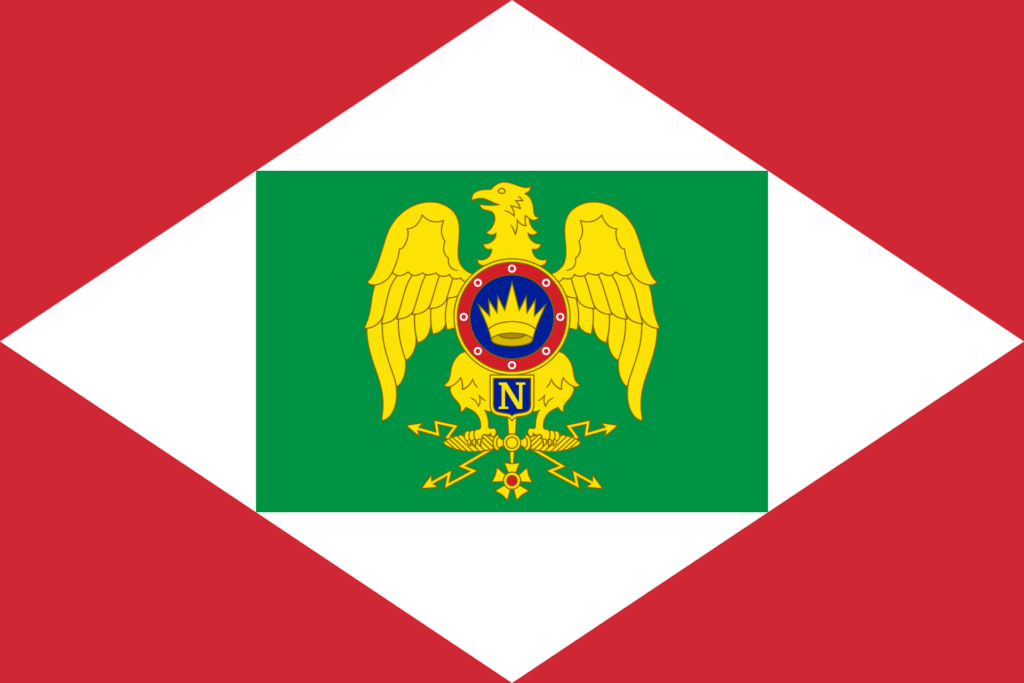
The colors featured on the Italian flag as we know it today date back to the late 18th century. Initially, these colors were associated with the region’s military uniforms and city flags and were significantly influenced by the French Revolution and the Napoleonic Wars.
Throughout the 19th century, as Italy moved towards unification, the tricolor design became a symbol of the Risorgimento (the Italian unification movement). Different states and provisional governments in Italy adopted tricolor variations, often adding emblems and coats of arms to the basic design.
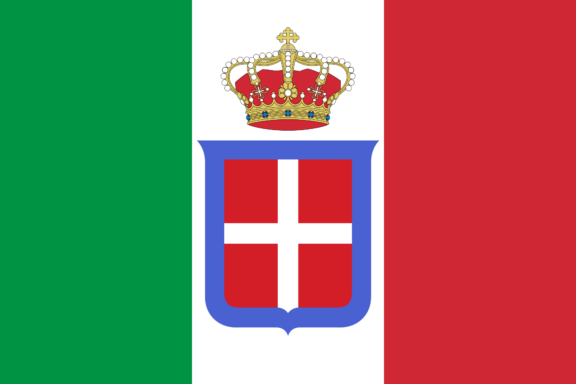
After the unification of Italy in 1861, the flag was formally adopted with the House of Savoy’s coat of arms in the center. This flag version was used until World War II’s end.
Following the fall of the monarchy and the establishment of the Italian Republic in 1946, the coat of arms of the House of Savoy was removed from the flag. The modern flag, as we know it today, with its plain tricolor design, was officially adopted in 1948.
The Italian flag has been more than just a national symbol throughout history. It reflects the country’s transition from a mosaic of states and kingdoms shaped by a turbulent past to a unified nation.
Each change in design and color scheme reflects a chapter in Italy’s story, signifying shifts in power, ideology, and national identity.
Overall Symbolic Meaning of the Flag
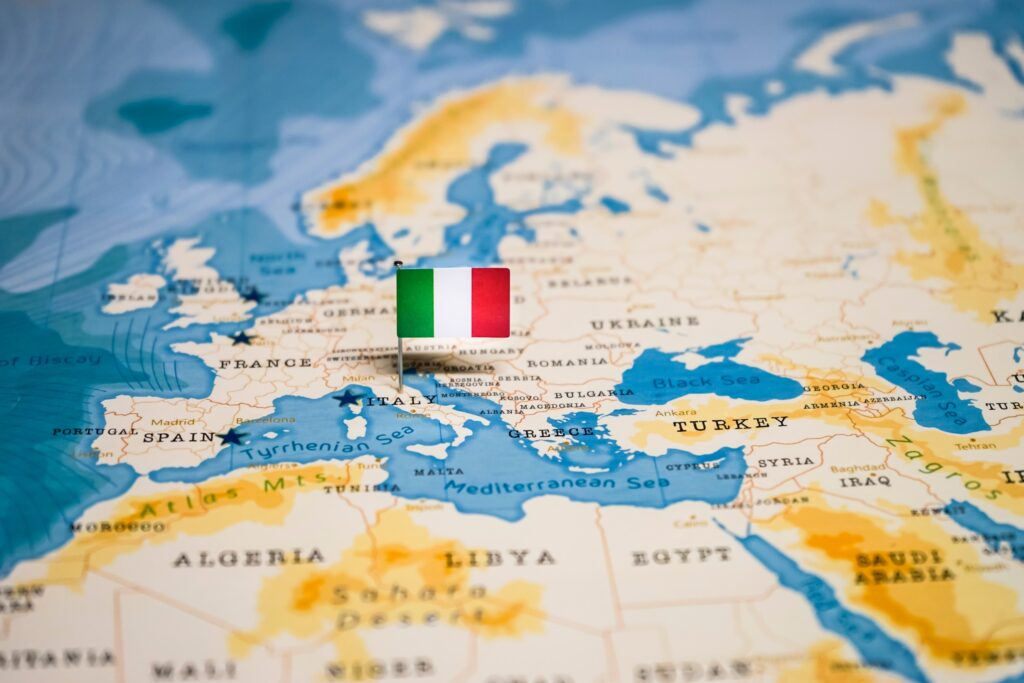
The Italian flag goes beyond being a mere symbol of national identity; it is a testament to Italy’s historical narrative and captures the heart of Italy, weaving its deep-rooted values, cultural richness, and the shared sense of belonging among its people into a cohesive image.
It represents a narrative of Italy’s journey through history, embodying its core values, cultural vibrancy, and the collectiveness of its people.
Similar Flags to the Flag of Italy
While Italy’s flag is unique, it shares visual elements with other national flags. Let’s look closer at some flags resembling Italy’s color and design.
Mexico
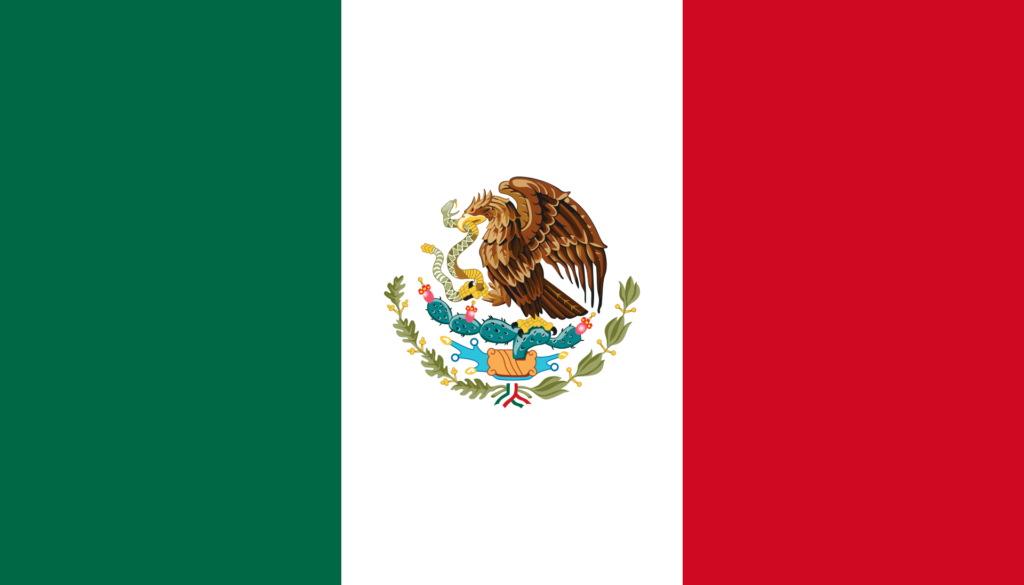
The flag of Mexico shares a notable resemblance with Italy’s flag, featuring green, white, and red vertical stripes. However, the Mexican flag has significant differences, including a national coat of arms in the center of the white stripe.
The resemblance is mainly coincidental, as the colors in the Mexican flag are based on the country’s national liberation movement, while Italy’s colors have unique historical and cultural significance.
Hungary

Hungary’s flag consists of horizontal red, white, and green stripes. While the arrangement and orientation of the colors differ from Italy’s flag, the use of red, white, and green creates a visual similarity.
These colors in Hungary’s flag are historically significant and rooted in the country’s national identity and heritage.
Bulgaria
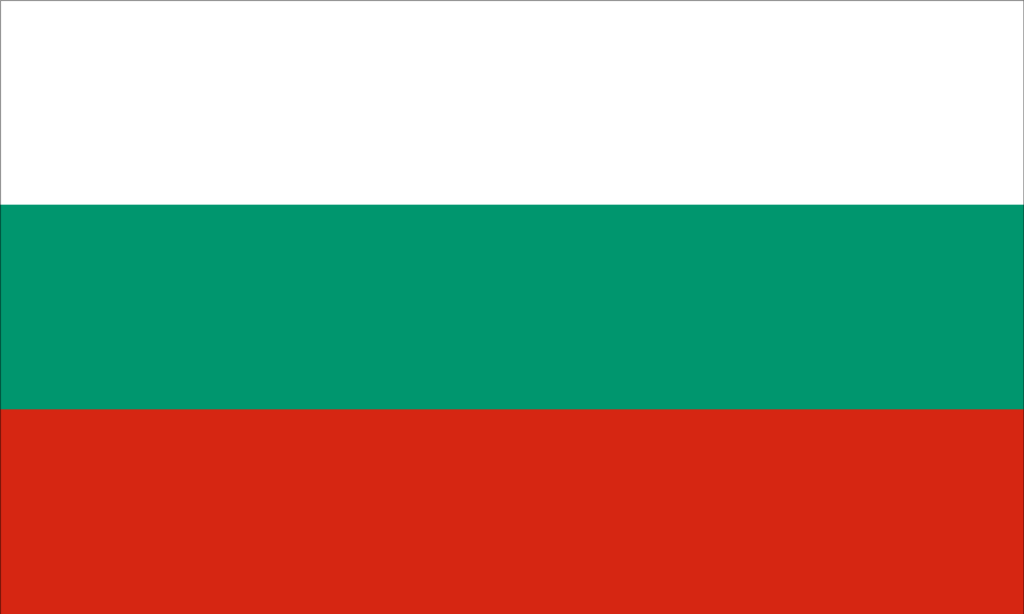
The Bulgarian flag, horizontal white, green, and red stripes, also shares a color palette with Italy’s flag. However, the meaning behind the colors and their arrangement is distinctively Bulgarian, representing freedom, agriculture, and the valor of the nation.
Conclusion
Italy’s flag is a symbol rich in history and meaning, reflecting the nation’s history, beauty, and resilience. In the global array of flags, it stands out for its distinctive design and symbolism, embodying the pride and unity of Italian citizens.
Image Sources and Copyright Information
- Italian Flag Waving at Vittoriano Monument: © Viacheslav Lopatin/Shutterstock
- Flag of Mexico: © hyotographics/Shutterstock